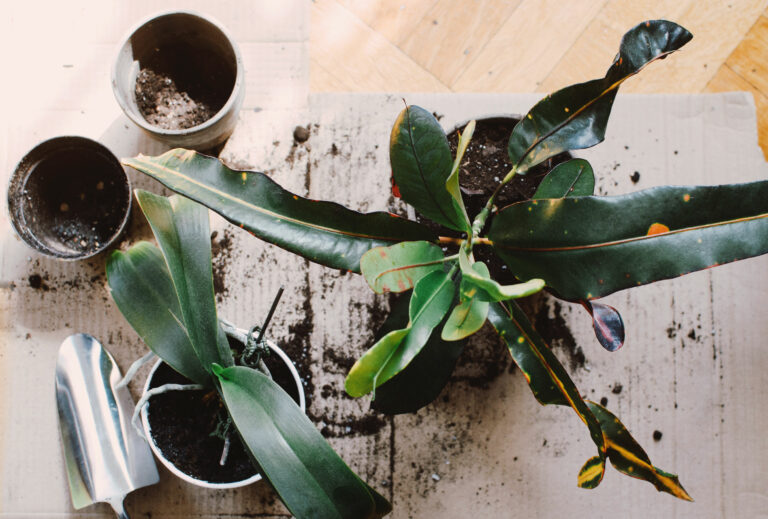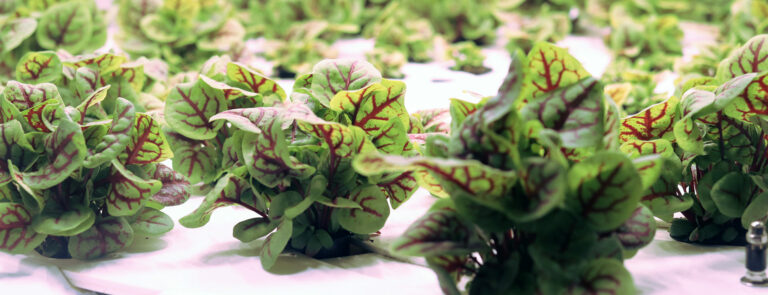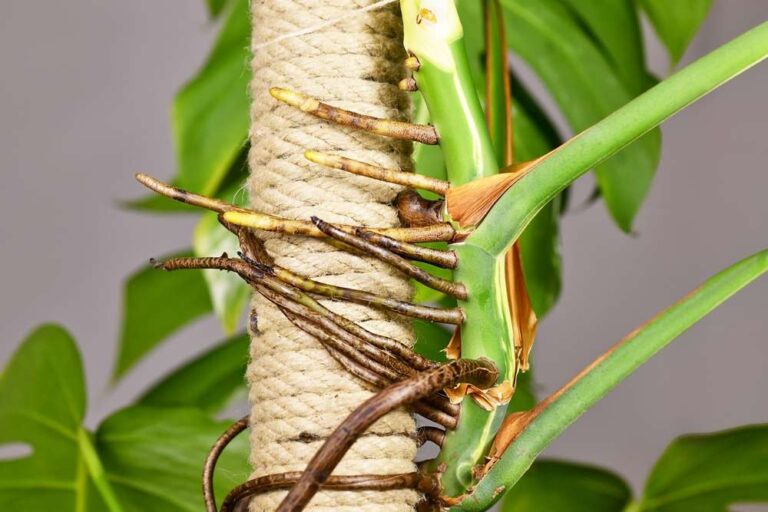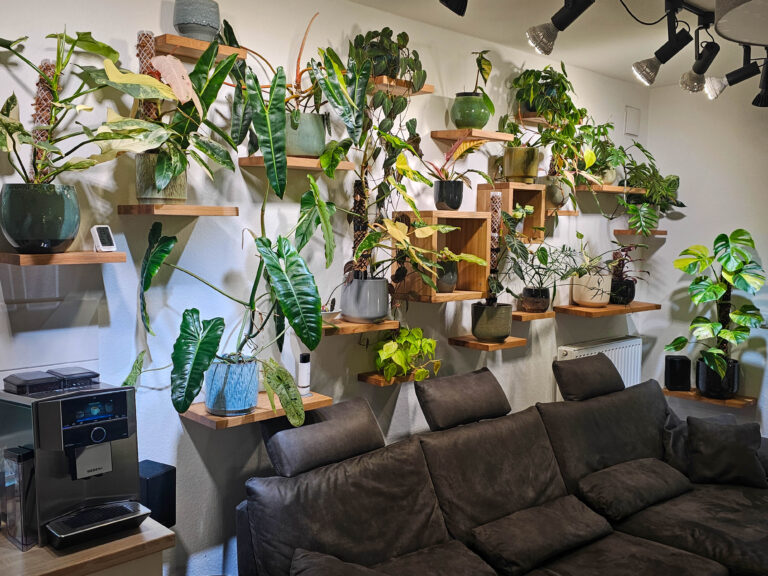Humidity: why does the air sweat?
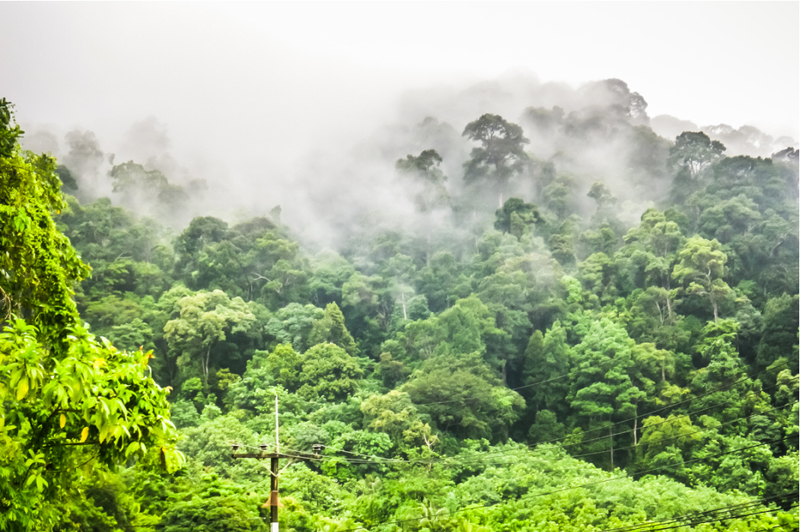
Rainforest_Humidity_Air
Are you team sauna or team steam bath? Like us, plants have their own preferences for humid or dry air. Most plants, even ascetic cacti, require a humidity level of at least 40 percent. Species originating from tropical or subtropical rainforests need even more humidity. On average, most plants can withstand 60 percent relative humidity. In that respect, we’re a lot like our green counterparts: a humidity level of 40-60 percent is ideal for us, too, especially in our living rooms, where it can quickly become too dry in winter.
As a rule of thumb, remember: the more delicate and thin the leaf, the higher the relative humidity must be. Thick, leathery leaves, on the other hand, can usually tolerate drier air. In general, all houseplants are more susceptible to pests like spider mites or mealybugs in dry air. So always keep them moist!

Plants Need Pressure
You might think that regular watering is enough to keep our plants happy. So why do we now have to provide water in the air? Well, it’s good to know that your plant’s leaves have a much higher concentration of water vapor than their surroundings, meaning they contain many small stomata essential for their processes, like the gas exchange for photosynthesis. But water is also released into the air through them.
As a result, the outer cells of the leaves naturally contain less water than the cells inside the plant. This creates a negative pressure, known as turgor pressure. It is lowest in the root zone, which contains the most water. It increases steadily up to the leaf tips. In this way, water is pumped through the entire plant, and, at the same time, minerals are transported to the leaf tips.
Here’s the thing: if the humidity in the environment is too low, the loss of water to the environment is greater than what the pumping process can provide. This puts the plant under drought stress, and the leaves begin to wrinkle at the tips.
It’s no wonder plants love high humidity! Unfortunately, they are not the only ones: fungi and mold grow better in high humidity, which is annoying, of course, but sometimes unavoidable.
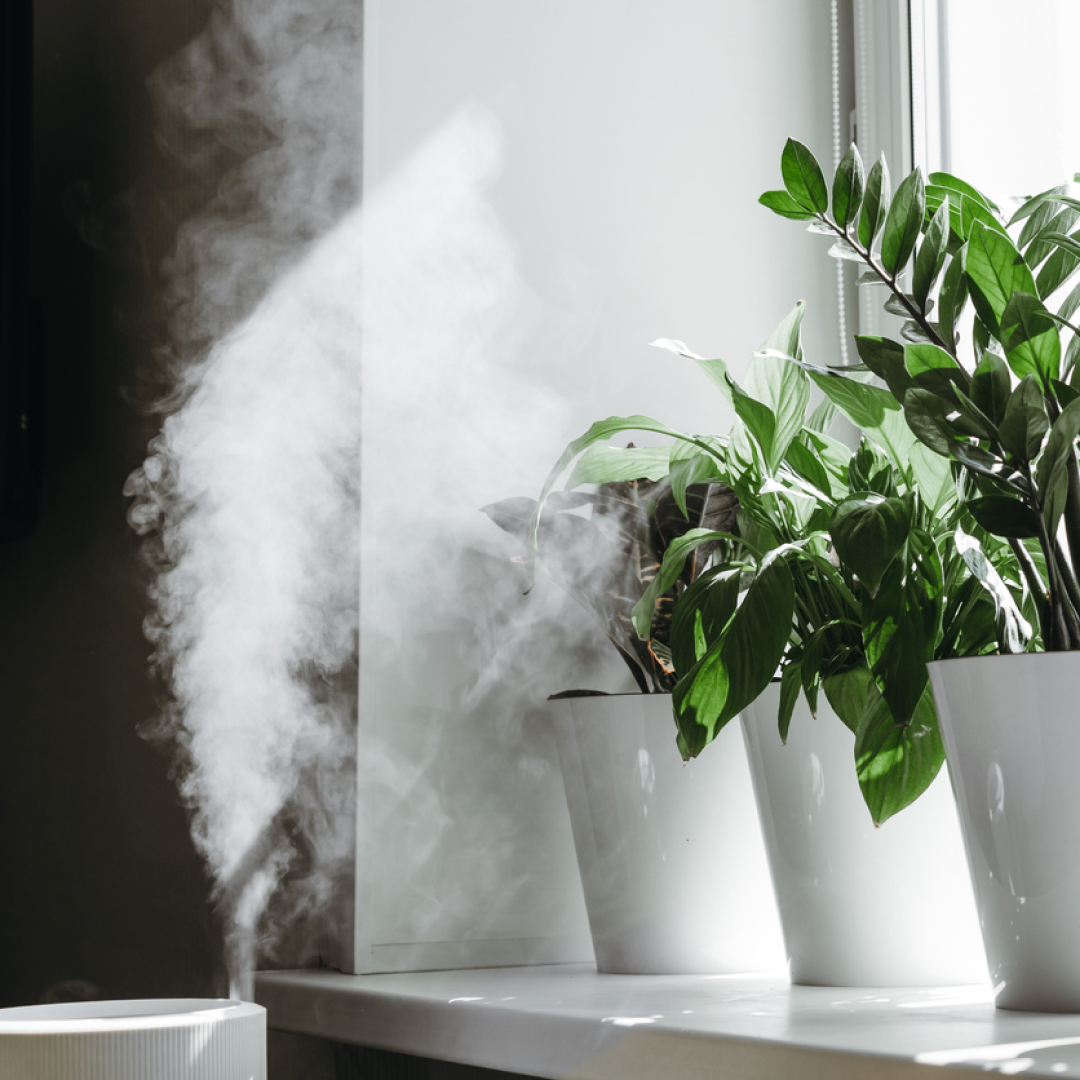
Tough Season
Humidity measures how much water vapor is in the air. But, there are two types of humidity: absolute humidity and relative humidity. This is an important distinction because absolute humidity only measures how much water vapor is contained in one cubic meter of air. On the other hand, relative humidity indicates the relationship between absolute humidity and the maximum amount of moisture the air can absorb. So, it’s simple to understand how saturated the air is. This value varies depending on the temperature. For example, cold air absorbs less water than warm air!
How can you tell if you’ve reached the maximum humidity level? The accumulation of tiny water droplets will accumulate on your glass panes or other cool surfaces; this is known as condensation.
What does this mean for our indoor climate? If the humidity stays the same and the temperature rises, the relative humidity will decrease because the warm air can absorb more water and is, therefore, less saturated. As a result, the moisture level decreases when the temperature rises—from the start of the heating system in the morning or sunshine through the windows. It’s as simple as that!

